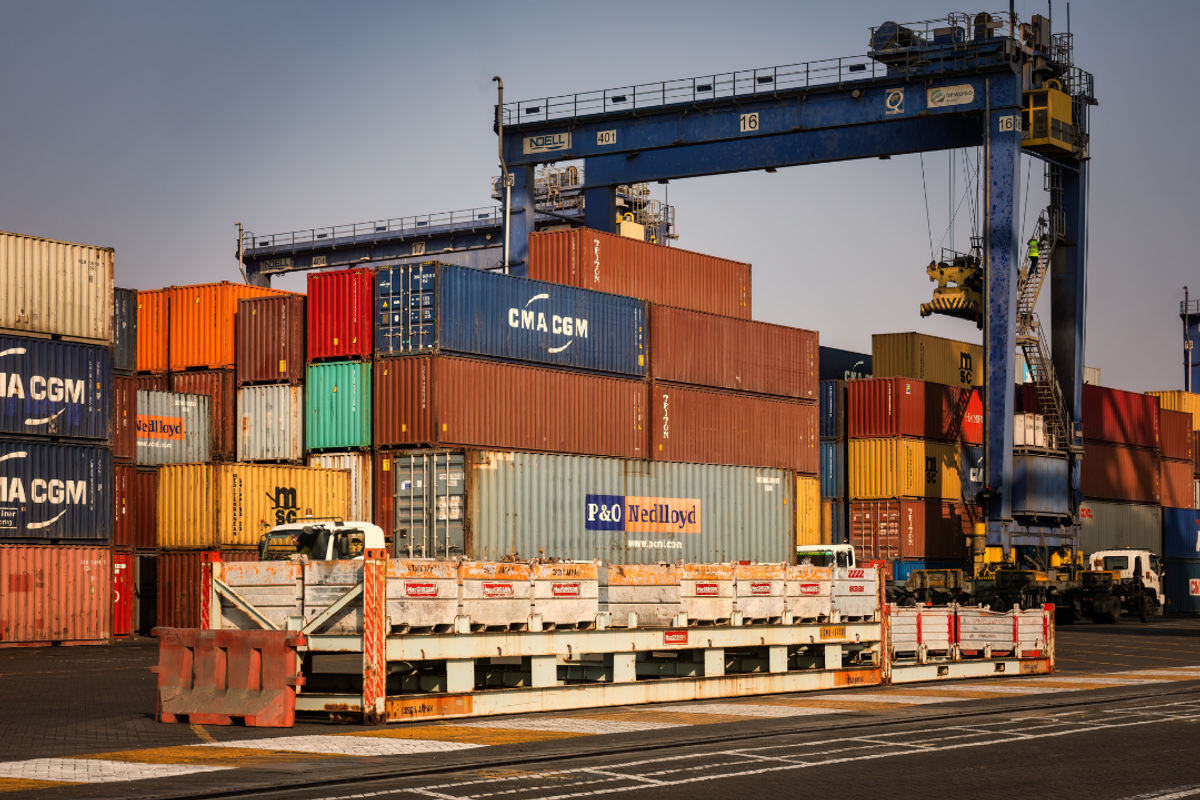Rising tariffs, geopolitical risks threaten trade, higher inflation
Pakistan’s growth slows in H1-FY25, but recovery signs emerge
Business Desk
The Business Desk tracks economic trends, market movements, and business developments, offering analysis of both local and global financial news.

The State Bank of Pakistan (SBP) believes that rising tariffs could disrupt trading activities and that possible spillovers from ongoing geopolitical conflicts pose a risk of increasing commodity prices, leading to a resurgence of inflation and harming countries that are significantly dependent on imports.
According to the half-yearly report released by the State Bank of Pakistan on Monday, titled Economic Outlook, the macroeconomic outlook depends on how the global economic and political environment evolves.
In this context, there are three prominent risks. First, the recent shift towards a more protectionist trade policies has already begun to take effect.
These tariffs are impacting geopolitical contenders and key trading partners. Rising tariffs could disrupt trade and economic activity, having implications for EMDEs’ exports and remittances, and international commodity prices.
Second, the possible spillovers of ongoing geopolitical conflicts to global economy, in general and commodity prices, in particular.
Third is concerning the resurgence of inflation globally due to tariffs and potential supply-chain constraints, and their implications for global financial conditions, which may adversely impact emerging economies.
The report states that economic growth slowed in the first half of fiscal year 2025 (H1-FY25) compared to the same period last year. However, high-frequency indicators suggest that economic momentum is gaining traction.
Specifically, the Purchasing Managers’ Index (PMI)—a leading indicator of manufacturing activity—rose to 53.0 in February 2025, the highest level since August 2022.
Similarly, sales of automobiles, cement, and petroleum products have picked up in recent months, while exports of high-value-added textiles continue to show a rising trend.
Easing financial conditions and lower global energy prices are additional favorable factors expected to gradually support the industrial and services sectors. However, the agriculture sector remains subdued, with recent estimates indicating lower wheat production.
Given these developments, the real GDP growth projection remains unchanged within the range of 2.5% – 3.5% for FY25.
However, risks to this projection remain tilted to the downside. While lower international oil prices could provide an upside, additional fiscal consolidation and lower-than-expected wheat harvest may dampen growth.
The improvement in fiscal accounts in H1-FY25 was largely enabled by strong profit transfers from the SBP and contained subsidy disbursements.
As a result, the fiscal deficit projection remains unchanged at 5.5% – 6.5% for FY25. However, any further shortfall in tax revenue poses an upside risk to this projection.
The combined impact of fiscal consolidation, tight monetary policy, ample food stock levels, and benign global commodity prices is expected to keep inflationary pressures subdued for the remainder of FY25.
Given the steep disinflationary trend and recent movements in domestic and international food and energy prices, the average inflation projection for FY25 has been revised downward to 5.5% – 7.5%, compared to the earlier projection of 11.5% – 13.5%.
This revision accounts for the expected increase in inflation in the last few months of FY25 due to the fading high base effect.
While inflation is expected to stabilize around the lower bound of the revised range, several medium-term risks remain.
These include global trade disruptions, commodity price volatility due to reciprocal tariffs, adjustments in administered energy prices, new revenue measures, and currency pressures resulting from international exchange rate movements and weak financial inflows.
Given higher-than-expected growth in workers’ remittances, lower commodity prices, and continued momentum in exports, the current account balance for FY25 is projected to be within the range of -0.5% to 0.5% of GDP.
This would provide a cushion against weaker financial inflows and help strengthen external buffers. However, since import volumes are rising in line with increased activity in large industries, any shock to global commodity prices could pose an upside risk.










Comments
See what people are discussing